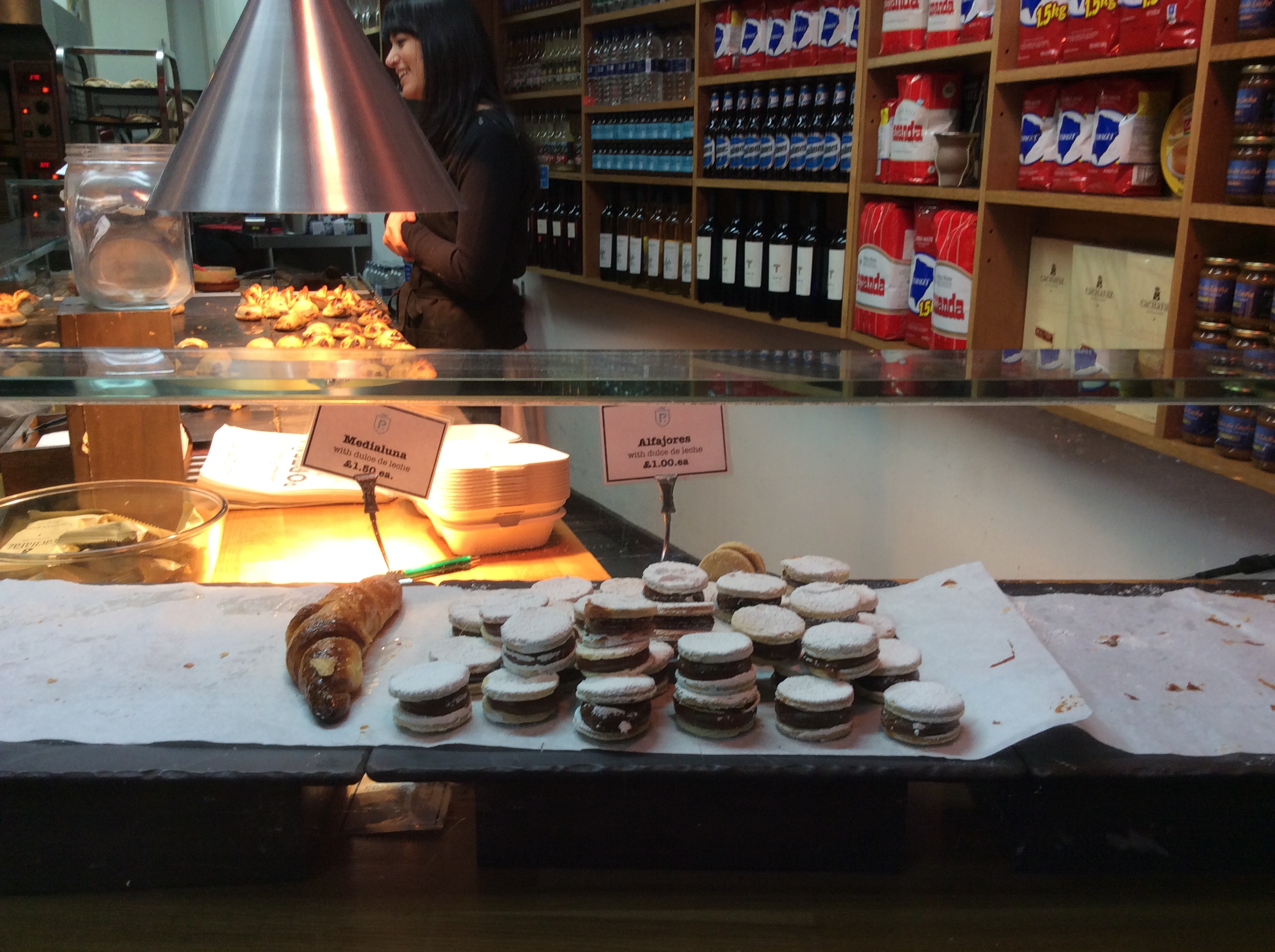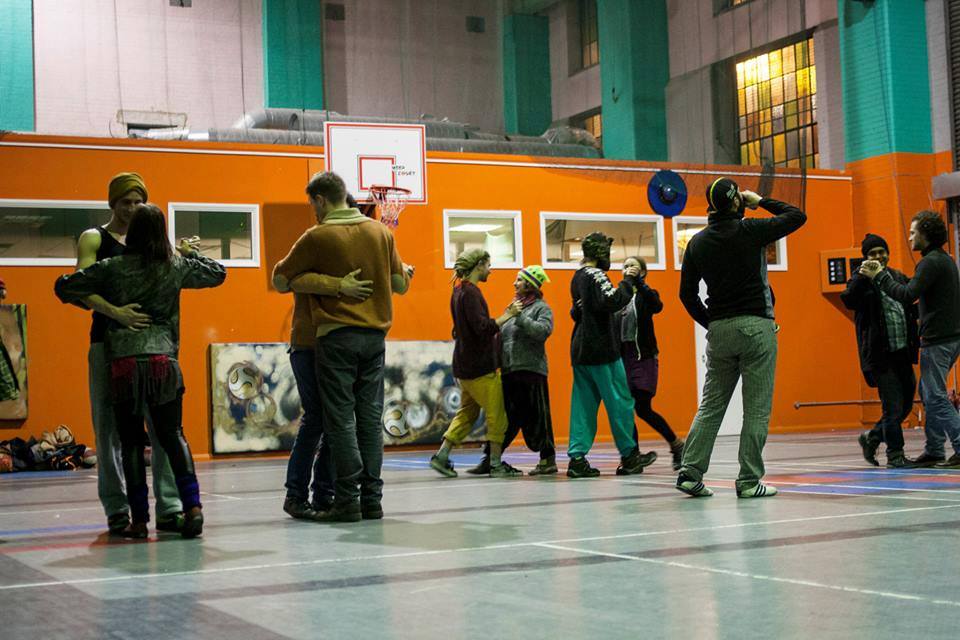Luciano Figari, MSc Finance & Development
and Carolynn Look, BA Chinese & Development Studies
The relationship between Argentina and the UK has not always been an easy one. For Argentineans it is hard to forget the occupation of the Malvinas (also known as the Falkland Islands), an archipelago located at around 300 miles off the country’s coast that has been under British rule since 1833. On the other hand, British people still get annoyed when they remember that they were eliminated by Argentina in the 1986 World Cup quarter final after Diego Armando Maradona scored two goals, one of them being the famous ‘hand of God’.
Maybe this tense relationship explains why there are only around 5,000 Argentineans living in the UK, the same number of people as from Chile, a country that neighbours Argentina and has a population half the size. Despite this relatively small number, the footprint of the Argentinean community in London is large, especially when it comes to food. Gourmets generally argue that the quality of Argentinean beef is only comparable to that of the Japanese Kobe. That is why most Argentinean restaurants are surrounded by a luxurious atmosphere that is almost impossible to afford if you are living with a student budget. An example of this is Gaucho, a chain that has 13 restaurants in London and charges between £20 and £100 for a steak that has allegedly been marinated for 48 hours. The truth is that a real Argentinean would never spend so much time marinating a steak and there are other relatively decent options to get a taste of Argentina in London.
For those on a lower budget, there is a stand that sells Argentinean steak sandwiches for £6.50 every Saturday in the Brunswick Centre Farmers’ Market. The person who prepares the steaks is originally from the Argentinean province of La Pampa – the land of the gauchos (the Argentinean cowboys) – so one could argue that having a steak prepared by him is a truer (and certainly cheaper) experience than having a meal at Gaucho.
Moo Cantina on Brick Lane offers several variations on the country’s famous Lomito sandwich, which one can can order as part of a reasonably-priced £10.95 lunch menu including chips and a drink. The ambience is slightly too hipster-friendly, but there are portraits of José de San Martín which remind Luciano of school plays performed during his childhood, in which he had the fortune of taking on the role of the Argentine independence fighter. Nostalgia makes everything taste better. A similar menu can be found at El Gaucho in Chelsea Farmers’ Market (not to be confused with the above-mentioned ‘Gaucho’ without the ‘el’). The meat is slightly better and the place is decorated with typical gaucho artefacts and interesting photos.
If you have more of a sweet tooth, head to Porteño at Borough Market and indulge in some sweet dulce de leche filled alfajores or cañoncitos, both of which are a type of cookie. The shop also sells jars of dulce de leche (similar to caramel) and chimichurri (a delicious sauce to accompany steak), which are a bit pricey at £3 a jar and can certainly be found cheaper in some of the Spanish shops dotted around Notting Hill. The Phoenicia Mediterranean Food Hall, a shop located in Kentish Town, also offers different brands and varieties of dulce de leche, alfajores, and mate (a tea-like caffeine-infused beverage, which, fun fact, is also consumed in Syria and Lebanon).
Unfortunately, no one has yet come up with the million dollar idea of opening up a mate cafe in London (there is currently one in Berlin). However, for those of you less sensitive to cultural appropriation, try the German-manufactured Club Mate soda, sold in our very own SOAS shop! The Argentinian in our team of correspondents had a hard time swallowing even one sip, but it might be the closest you’ll get to trying a typical Argentine beverage.
While food is every bit as important to Argentinian traditions as football and debt defaults, tango is another important cultural element that cannot be forgotten. In a similar way to the food, Argentina´s most characteristic dance enjoys a high snob tax in the UK, where academies charge three-digit prices for six-week dance classes. Much more to our taste are the free (and genderless) classes offered by an Argentinian couple in various squat houses around London. Due to evictions, it is difficult to predict where the next lesson will take place, but you can find out on their Facebook group, Milonga del Hondo Bajo Fondo (London). The fact that they are genderless is great because it allows everyone to learn the follower and leader roles of the dance.
If you are thinking of conquering the heart of a gaucho or speaking to the Pope in his native language in the near future, why not try attending an Argentinian Spanish class? The accent sounds like that of a Spaniard on an overdose of Italian biscotti, with slightly fewer hand gestures. So for all you steak-crazed linguists, Friendly Spanish offers Argentinian Spanish classes at their school in south-west London. If that sounds like too much effort, you could always try to win their affection by complimenting their okay-ish performance during the last World Cup.


